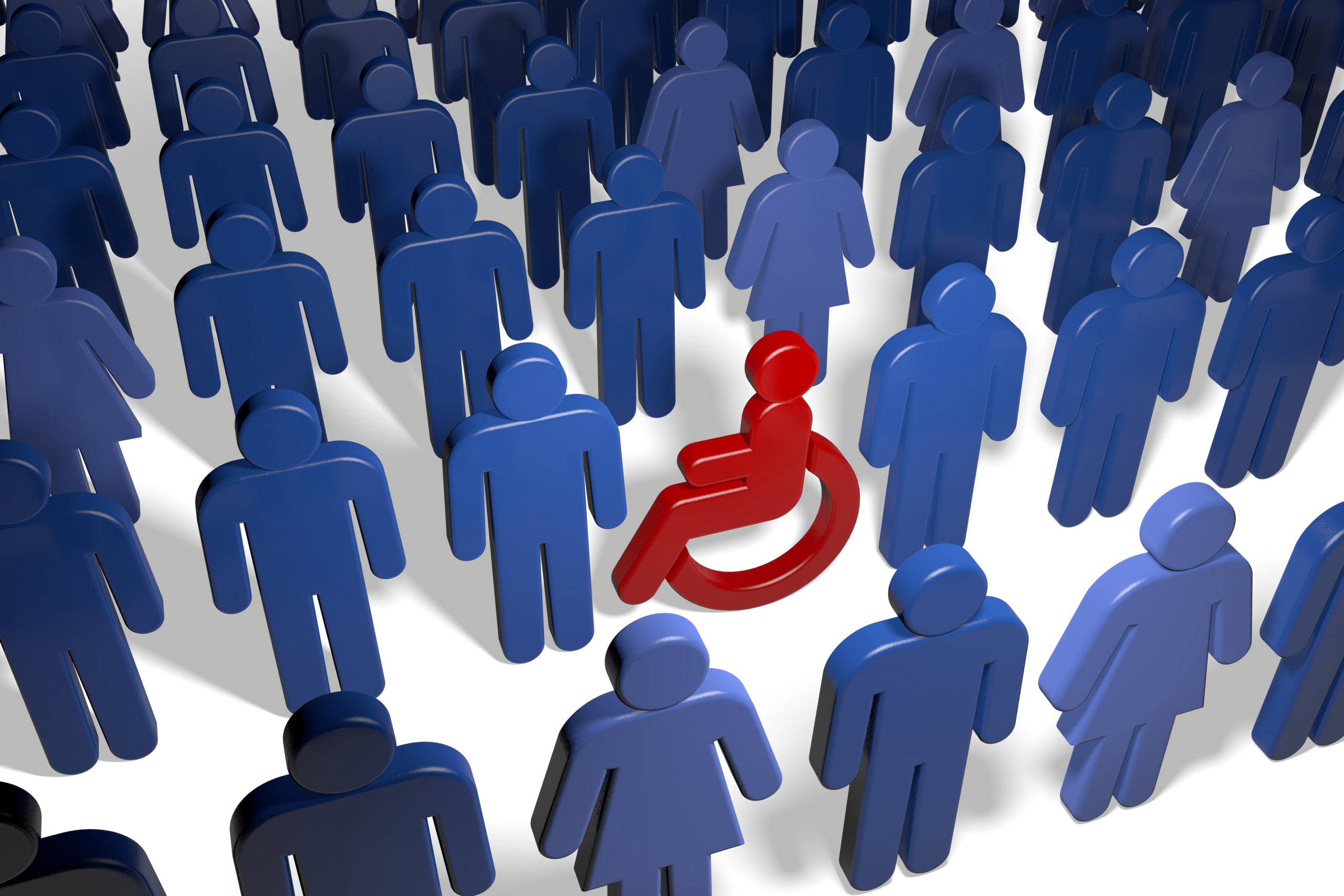A medical malpractice claim occurs when a person accuses a healthcare provider or facility of causing them injury through negligent or substandard care. Typical claims of medical malpractice involve:
- Errors made during procedures
- Inaccurately prescribing medications and dosages
- Misdiagnosis of a condition or failure to diagnose a condition
- Not warning the patient about risks and complications of medications and procedures
Medical malpractice is not always the result of malicious intent or gross negligence. Everyone makes mistakes and that includes doctors, nurses, and other medical professionals. However, we put our lives in the hands of our healthcare providers and they need to be held accountable for their work.
Although medical malpractice is a type of personal injury claim, it is handled a little differently from other types of personal injury in regards to things like statute of limitations and damage caps.
What is Medical Malpractice?
According to California law, medical malpractice or professional negligence is defined as:
- The negligent action or lack of action of a healthcare provider
- That action or inaction was in the course of providing professional medical services
- That action or inaction was the proximate cause of the injury or death
- The services rendered fall under the provider’s license and not under restriction
Elements of Medical Malpractice
There are a few main factors to a medical malpractice claim.
First and foremost, there must be an actual doctor-patient relationship. Casual medical advice from someone who happens to be a doctor does not qualify as engaging in a doctor-patient relationship.
Next, there must be negligence on the part of the healthcare provider. Medical professionals are held to a certain standard of care in accordance with their knowledge and area of expertise. The care that a practitioner provides should be in line with what would be reasonably expected of anyone in their profession. If they do not meet those standards, they may be found negligent.
There must also be some injury suffered as a result of that negligence. Medical malpractice is considered a type of personal injury claim. The plaintiff must prove that they were injured as a result of the defendant’s negligence. If there was negligence without any injuries, or if there were injuries that were not caused by negligence, then there is no case for medical malpractice.
Finally, the plaintiff must also have accrued significant damages as a result. It’s not enough that the plaintiff suffered an injury due to negligence, they must also have suffered losses due to the injury that are substantial enough to need compensation. It can be expensive to prove medical negligence claims, and if the amount of money spent on the case is less than the amount of money the plaintiff could expect to win, then it would be considered a frivolous lawsuit and not worth pursuing.
What Qualifies as Medical Malpractice?
There are many different aspects and categories of medical care, and as such, there are many different kinds of action and inaction that may lead to medical errors resulting in a medical malpractice claim:
- Discharging a patient too soon
- Errors made during procedures
- Giving no or poor follow up care
- Ignoring patient history
- Ignoring test results
- Misdiagnosing a condition
- Misreading test results
- Not diagnosing a condition
- Not ordering tests
- Not recognizing symptoms of a condition
- Not taking full patient history
- Performing unnecessary invasive procedures
- Performing unnecessary surgery
- Prescribing the wrong medications or wrong dosages
Who Can Be Sued for Medical Malpractice in California?
All medical providers and medical facilities that are licensed by the state of California are subject to its medical malpractice laws. This includes but it is not limited to:
- Anesthesiologists
- Chiropractors
- Clinics
- Dentists
- Hospitals
- Laboratories
- Nurses
- Obstetricians
- Oncologists
- Optometrists
- Pediatricians
- Pharmacists
- Psychologists
- Physical Therapists
- Physicians
- Podiatrists
What Should You Do If You Think You’ve Suffered from Medical Malpractice?
If you think you have been the victim of medical malpractice, you should find another doctor and get their professional opinion. Tell them everything, show them your medical records, and explain why you believe what happened was malpractice. It is important that the new doctor writes down their explanation in agreement with the claim of medical malpractice.
The next thing to do is to find an experienced medical malpractice attorney who has a record of success. Suffering due to medical malpractice can be a terrible ordeal, and a qualified medical malpractice attorney can help navigate that experience and help you get the compensation you deserve.
What Damages Can Be Sued For?
When someone is injured due to medical malpractice, there are several different types of compensatory damages that they can recover for such as:
- Home Care
- Imaging
- Loss of Quality of Life
- Lost Wages
- Medical Bills
- Occupational Therapy
- Physical Therapy
- Pain and Suffering
- Testing
It is important to note that economic or compensatory damages in medical malpractice lawsuits are not capped by California law. Caps exist but they apply to non-economic damages suffered.
Are There Caps on Medical Malpractice Damages?
California law has specific regulations in place regarding medical malpractice suits and the amount someone can recover in damages. In 1975, the Medical Injury Compensation Reform act was passed, leading to California Civil Code 3333.2 which mandates that non-economic damages are capped at $250,000 in medical malpractice suits.
In accordance with Assembly Bill 35, medical malpractice claims filed on or after January 1, 2023 will have the cap for non-economic damages in cases without fatalities raised to $350,000 and cases involving wrongful death will be raised to $500,000. This bill would also raise the caps over the following ten years so that in 2033 the cap for cases with no fatalities would be up to $750,000 and wrongful death cases would be up to $1 million.
These caps only pertain to non-economic damages which are the intangible losses suffered. These losses include but are not limited to:
- Pain / Suffering
- Anxiety
- Disability
- Disfigurement
- Emotional Distress
- Inconvenience
- Loss of Quality of Life
Recent 2022 Changes to Malpractice Caps
In May of 2022, California Governor Gavin Newsom signed AB 35 in order to update the caps and regulations attached to medical malpractice cases. The bill was put forth by the Assembly Majority Leader Eloise Gómez Reyes as well as California Senator Tom Umberg. The bill received support from many corners such as attorneys, health insurance companies, healthcare providers, and consumer groups, and was co-sponsored by the Consumer Attorneys of California and Californians Allied for Patient Protection.
The bill brought long awaited resolution to a prominent political battle by altering two major aspects of the Medical Injury Compensation Reform Act: attorney fees and non-economic damage caps.
Previously, the law limited contingency fees for attorneys in relation to the amount recovered. Attorneys were allowed up to 40 percent of the first $50,000, then up to 33 percent of the next $50,000, and then 25% of the next $500,000, and finally 15 percent of anything over $600,000. Now with this new bill, the fee limits are determined in relation to what stage of representation was reached. Attorneys are allowed up to 25 percent of settlements made before filing, and up to 33 percent of settlements made after filing. If the case goes to court, the attorney may petition for more.
The bill also increases the non-economic damages cap for medical malpractice claims. Previously, compensation was capped at $250,000. Now with this new bill, there are two separate caps differentiating between cases that do or don’t involve fatalities. Cases that do not involve fatalities will be capped at $350,000 and cases pertaining to wrongful death will be capped at $500,000. The bill also plans for future inflation. Every year effective each January first, the cap for non-fatalities will increase by $40,000 stopping at $750,000 and the cap for wrongful death cases will increase by $50,000 stopping at $1 million.
Is it Possible to Get Punitive Damages?
In certain situations, it may be possible for a plaintiff to recover punitive damages on a medical malpractice claim. The stipulation is that the plaintiff must prove with clear and convincing evidence that the defendant’s actions constituted fraud, oppression, or malice. In these instances, which involves proving that the defendant acted despicably and with intent or willful recklessness and a disregard for other people’s rights and safety.
What is the Statute of Limitations for Medical Malpractice in California?
The statute of limitations refers to the amount of time in which a person has to file a claim. For medical malpractice claims in California, the statute of limitations is dependent on the age of the person who was injured.
0-6 years old – Able to file a claim any time before their eighth birthday or up to three years from the date of the injury, whichever is later
6-18 years old – Able to file a claim for three years from the date of the injury
18+ years old – Able to file a claim for three years from the date of the injury OR one year after discovery of the injury OR one year after the injury should have reasonably been discovered, whichever is first
There are some situations that cause exceptions, leading to the statute of limitations being paused or ‘tolled’ such as:
- The defendant has committed fraud
- The defendant has intentionally concealed wrongdoing
- The plaintiff’s injury involves having a foreign object that has no therapeutic or diagnostic purpose or effect inside their body
- The injured party is a minor whose parent colluded with either the healthcare provider or their insurance provider to not file a medical malpractice claim on the minor’s behalf
One of the other time limits to be aware of is when to notify the defendant. According to California law, at least 90 days before filing a medical malpractice claim, the defendant must be notified of the basis for the claim, the type of injury suffered, and the kind of loss incurred.
How to Prove Medical Negligence
Medical negligence is defined by a healthcare provider failing to properly utilize their skills and knowledge with a reasonable level of care that would be expected of anyone in their profession and situation. This is also known as a violation of the standard or duty of care. The plaintiff can bring in expert witness testimony to help establish that standard of care. Not only do they need to prove the standard of care existed and was breached, but also that the breach was the main cause of their injuries.
One common way that a medical negligence claim is proved is through the doctrine re ipsa loquitur, which means ‘the thing speaks for itself’. This is the concept that the existence of something is proof in of itself. In the realm of medical malpractice, it means that the only way the injury could have happened was through some kind of negligence on the part of the medical provider, and therefore, the existence of the injury is proof enough of the negligence. The concept of exclusive control is also utilized in these situations. Meaning if the agent or instrument responsible for the injury was under exclusive control of the defendant, then the defendant may be liable for the negligence. In situations where there are multiple people who could have been responsible, such as errors made during surgery, if the guilty party can not be identified, everyone involved may be found liable.
In situations involving res ipsa loquitur, the burden of proof would be on the defendant rather than the plaintiff. Because the injury would not have happened without someone being negligent, and in many situations the plaintiff is not in a position to prove exactly what happened, the defendant must prove that they were not responsible.
What If the Patient is Partially to Blame for Damages?
As of 1975, California is what is known as a pure comparative fault state. This means that the compensation a plaintiff may be awarded can be reduced proportionate to the percentage that they themselves were liable for their injuries.
In medical negligence cases, this can arise in instances where patients do not disclose their entire medical history, lie to their doctors, or do not follow their doctor’s instructions correctly. In these cases, while the doctor may have made an error, that error might have been avoided if the patient had acted differently.
Contact a Medical Negligence Lawyer
When you go to the doctor, you are entrusting them with your health and safety. When they break that trust and through negligence cause you to come to harm, you have every right to seek compensation for your injuries. Medical malpractice lawyers can guide you through this difficult time and help you receive the compensation you deserve. If you believe you have a medical negligence claim, call Mesriani Law Group today for a free consultation.
Hospital Negligence Claim FAQs
What constitutes medical negligence in California?
Medical negligence occurs when healthcare providers act outside of the reasonable standard of care that they owe to their patients. This may take the form of a misdiagnosis, prescribing the wrong medication, errors made during procedures, and many other mistakes. When this negligence results in the patient suffering some type of injury, they may be able to file a claim for medical malpractice.
How much can you sue a hospital for negligence in California?
As with any personal injury case, the amount of compensation a person may receive for a hospital negligence claim depends on the specific details of the situation. There is not currently a limit to how much a person can receive for economic damages like medical bills and lost wages, however there is a limit to how much a person can receive for non-economic damages like pain and suffering. Currently, that limit is set at $250,000 but it is set to increase gradually over the coming years.
Can you sue a hospital for negligence in California?
Hospital negligence cases occur when a hospital doctor, nurse, lab, etc. makes an error that results in an injury. The patient may sue the hospital for medical malpractice due to the actions of the hospital staff if they can prove that the hospital owed them a duty of care that was breached through those actions, causing them injury.
How long do you have to sue for medical negligence in California?
According to California law, the standard statute of limitations for filing a medical malpractice claim is one year from the date the injury was or reasonable should have been discovered, or three years from the date the injury occurred, whichever date comes first. If the patient was under the age of six, the statute of limitations is three years from the date of the injury, or their eighth birthday, whichever comes later. Between the ages of six and eighteen, the statute of limitations is three years from the date of the injury.








